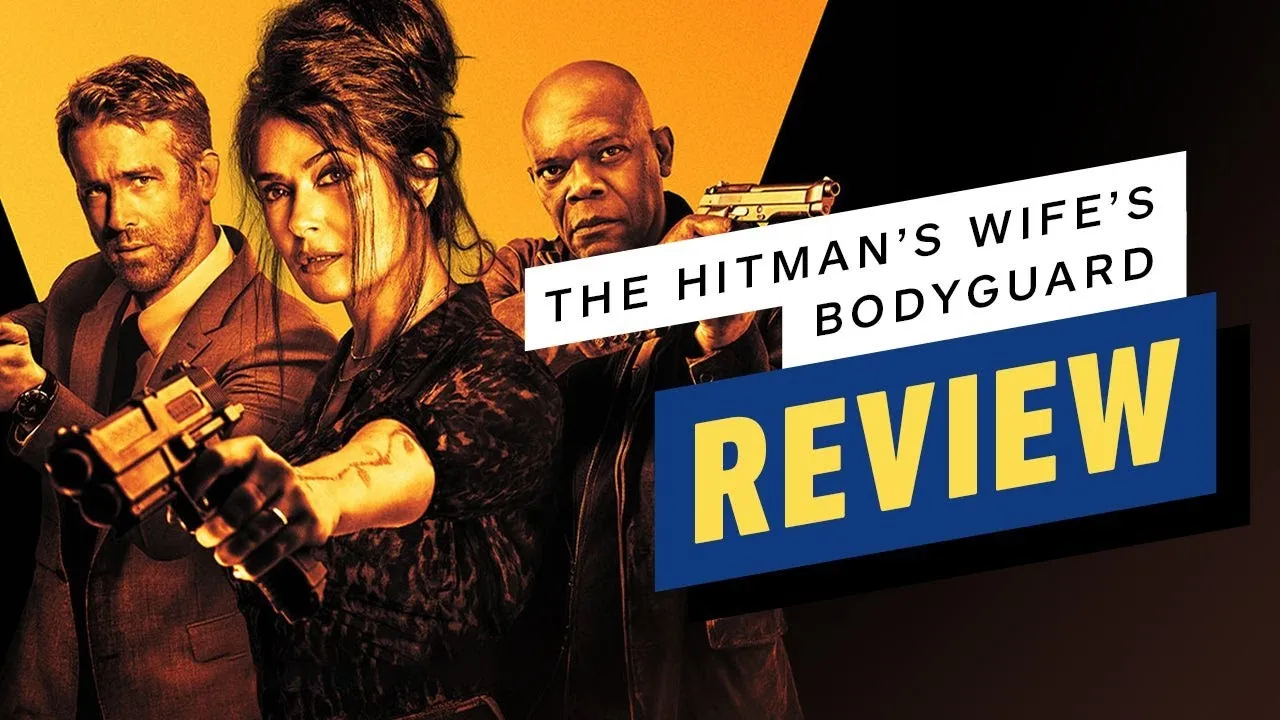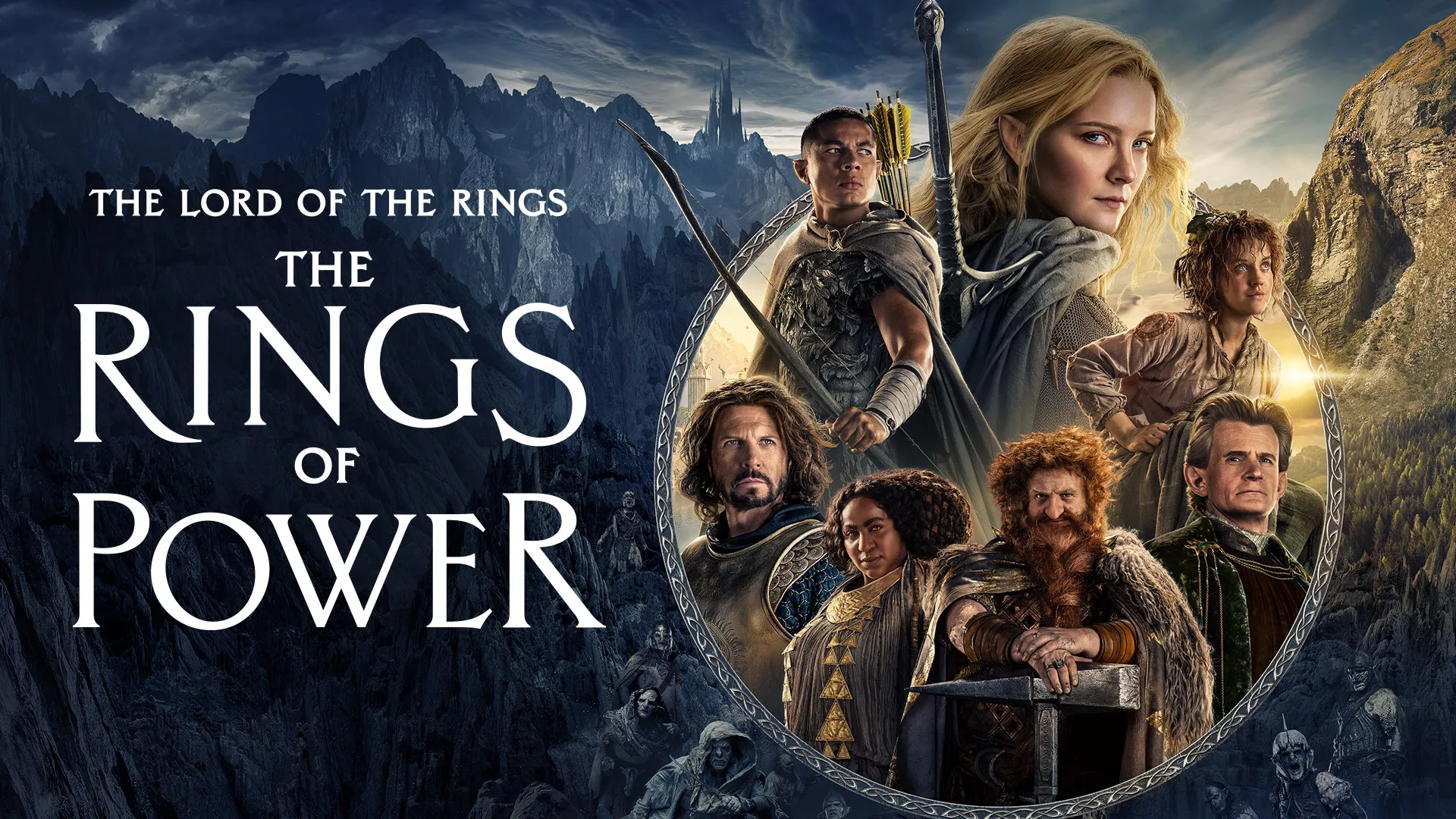Rambo III (1988) – Movie Summary and Overview
Rambo III is the third installment in the iconic action film series starring Sylvester Stallone as John Rambo, a battle-hardened Vietnam War veteran. Directed by Peter MacDonald, the movie was released in 1988 and continues the saga of Rambo as he is drawn back into combat, this time in the war-torn deserts of Afghanistan during the Soviet-Afghan War.

The film begins with John Rambo living a peaceful, reclusive life at a Buddhist monastery in Thailand. He is attempting to find inner peace and escape his violent past by dedicating his time to meditation and manual labor. However, his tranquility is disrupted when his former commanding officer and close friend, Colonel Sam Trautman (played by Richard Crenna), approaches him with a new mission. Trautman is planning to deliver weapons and aid to Afghan rebels (the Mujahideen) fighting against the Soviet occupation, and he wants Rambo to accompany him. Rambo refuses, stating that he’s done with war.
Things take a drastic turn when Trautman is captured by Soviet forces during the mission, led by the brutal and merciless Colonel Zaysen (Marc de Jonge). Upon hearing of Trautman's capture, Rambo feels compelled to act. He sets off on a solo rescue mission into Afghanistan to save his mentor and take on the might of the Soviet military.

With the help of Afghan rebels, Rambo infiltrates Soviet-occupied territory and uses guerrilla tactics to battle against overwhelming odds. Armed with a bow, arrows, explosives, and sheer determination, Rambo wages a one-man war, destroying enemy bases, tanks, and helicopters. The movie features intense action sequences, including high-octane shootouts, hand-to-hand combat, and dramatic explosions.
One of the standout aspects of Rambo III is its portrayal of the Afghan resistance during the 1980s. At the time of the film's release, the United States was politically supportive of the Mujahideen, and the movie reflects that historical context. Although it simplifies complex geopolitical issues, the film attempts to show Rambo as a symbol of freedom fighting against oppression.

The climax of the movie is a large-scale battle at a Soviet fort where Rambo successfully rescues Trautman and helps the Afghan fighters repel a Soviet assault. Together, they escape in a hijacked tank and confront a Soviet helicopter in a dramatic final showdown.
Rambo III is known for its explosive action, heroic themes, and Stallone’s physical performance. While it received mixed reviews from critics—some praising the action while others criticized the thin plot and political overtones—it was a box office success and has since become a cult classic among action fans.

In the broader Rambo series, Rambo III represents the height of 1980s action cinema, with its exaggerated violence, anti-Soviet sentiment, and emphasis on lone-wolf heroism. It is a product of its time, reflecting both the political climate and cinematic trends of the late Cold War era.

-Un-drama-conmovedor-sobre-la-perdida-y-la-resiliencia-1744424294-q80.webp)

